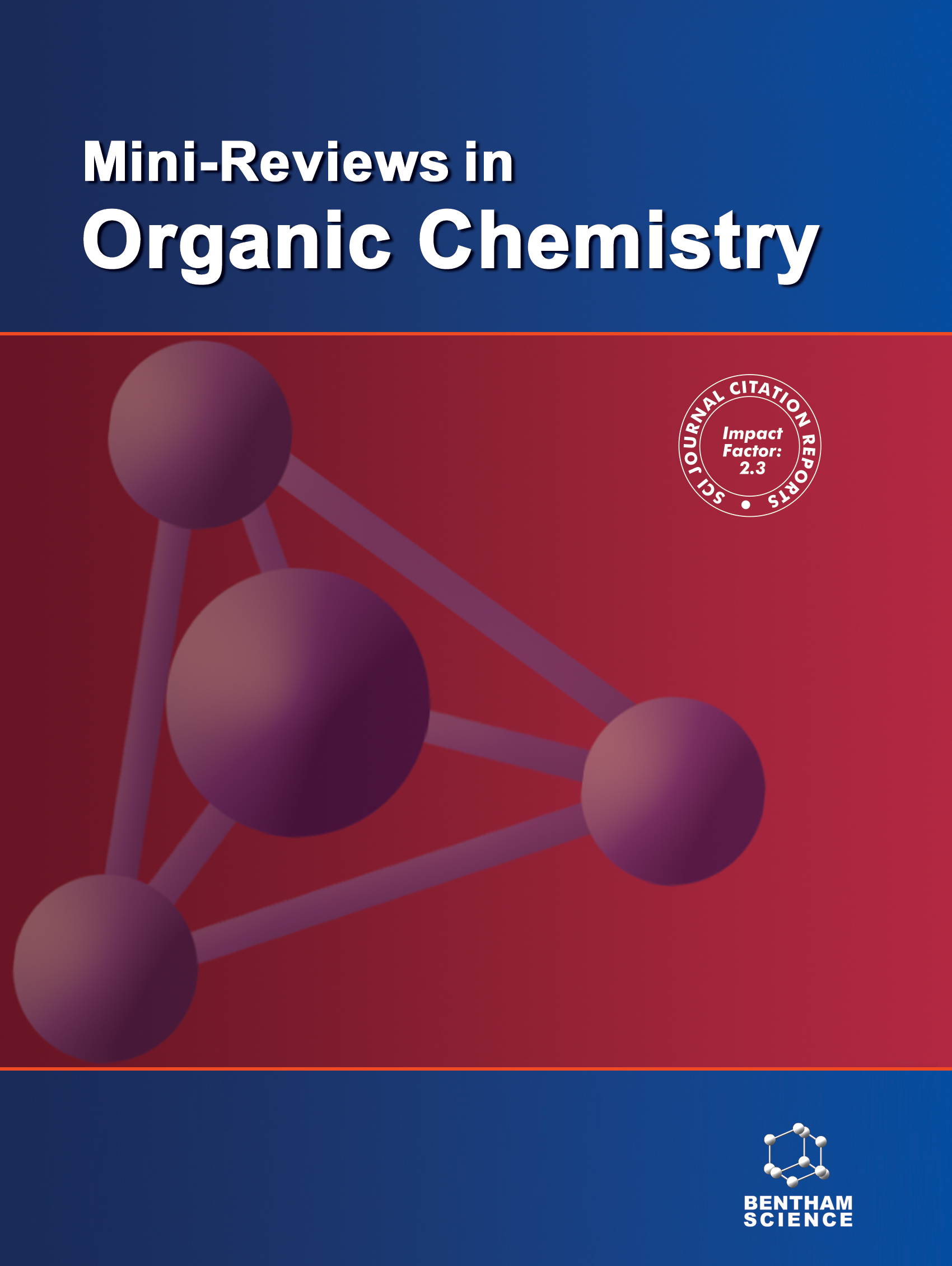
Full text loading...
We use cookies to track usage and preferences.I Understand
meta-Chloroperbenzoic acid (mCPBA) is a readily available peroxide that is a powerful oxidizing agent utilized in a range of oxidative reactions. Metal-free oxidations mediated by mCPBA involving selective oxidation of aliphatic amines to oximes, selective oxidation of organosulphides/aldehydes, synthesis of heterocyclic N-oxides, domino C[sp2] hydroxylation/annulation of enaminones (heterocyclic ring formation), acid to phenol conversion, oxidation of exocyclic C=C bond, oxidative ring contraction, etc. have been comprehensively and critically examined in this review from 2015 to date.

Article metrics loading...

Full text loading...
References


Data & Media loading...

